In Development this week (Vol. 144, Issue 4)
Posted by Seema Grewal, on 14 February 2017
Here are the highlights from the new issue of Development:
A new mechanism in ESC lineage priming

Histone demethylases have recognized roles in the control of gene expression during development and disease, and are typically associated with the remodelling of the chromatin environment. Jmjd2/Kdm4 H3K9-demethylases cooperate in promoting mouse embryonic stem cell (ESC) identity, but their specific roles during the exit from pluripotency are still unclear. In this issue (p. 567), Véronique Azuara and colleagues uncover a previously unrecognized functional link between Jmjd2c recruitment to lineage-specific enhancers and ESC priming for differentiation. The authors show that Jmjd2c is required for the proper assembly of mediator-cohesin complexes at lineage-specific enhancer regions, and that differentiation is stalled at an early post-implantation epiblast-like stage in both Jmjd2c-knockout and Jmjd2c-knockdown ESCs. Interestingly, Jmjd2c-deficient cells were still able to differentiate towards extra-embryonic endoderm-like cells. At the chromosomal level, the authors showed how Jmjd2c-bound enhancers are co-occupied by the H3K9-methyltransferase G9a/Ehmt2 independently of its canonical H3K9-modifying activity, and suggest that Jmjd2c-G9a co-occupancy might facilitate the loading of Med1 and Smc1a molecules. This study is significant and novel as it reveals a new mechanism for the regulation of lineage priming in ESCs via Jmjd2c-mediated stabilisation of essential protein complex assembly at enhancers.
Tick tock goes the segmentation clock

Somitogenesis is the process by which the somites, blocks of mesoderm that give rise to tissues such as the vertebrae, skeletal muscle, cartilage, tendons and skin, are formed. The process occurs under the control of a ‘segmentation clock’: the oscillatory expression of a number of genes and proteins that control cell commitment. The protein paraxial protocadherin (PAPC) is a protocadherin that has been implicated in paraxial mesoderm segmentation; however, the way in which PAPC controls somite formation remains unclear. Now, on p. 664, Olivier Pourquié and colleagues investigate the role of PAPC in chick and mouse somite boundary formation, and demonstrate an entirely novel mechanism for periodic somite formation through the regulated endocytosis of N-cadherin (CDH2). The authors first show that PAPC is cyclically expressed downstream of the segmentation clock, and that PAPC expression colocalizes with CDH2 in the rostral half of the forming somite. In ovo overexpression of the short PAPC isoform in the presomitic mesoderm disrupts apical accumulation of CDH2 and interferes with proper somite morphogenesis. Mechanistically, the authors show how PAPC regulates the endocytosis of CDH2 in the anterior compartment of the forming somite, that is, in regions that have not yet epithelialized. In this way, PAPC regulates the segmental de-adhesion of the somites, which is crucial for their subsequent formation.
p53+ cells drive in vivo cardiomyocyte expansion

The mammalian heart has a limited capacity to regenerate. Under certain conditions, however, cardiomyocyte proliferation has been observed, for example in resected neonatal hearts and in response to certain cytokine treatments. Nevertheless, the extent to which cardiomyocyte proliferation occurs both in steady state and after injury in the postnatal mouse is hotly debated, as studies are limited by a lack of reliable genetic tracing tools. Now, on p. 580, Zhongzhou Yang and colleagues use a p53-based genetic tracing system to investigate postnatal cardiomyocyte proliferation and heart regeneration through neonatal, adolescent and adult stages. The authors observed clonal expansion of p53+ cardiomyocytes in the neonatal heart, as well as in pre-adolescent and adult hearts. Interestingly, some of the labeled cardiomyocytes also formed larger clusters if given a longer tracing time, suggestive of a selectively long-lasting proliferative potential. The authors also investigated cardiomyocyte proliferation after cryo-injury and showed that p53+ cardiomyocytes exhibit cytomembrane localization of the sarcomeric protein cTnT during heart regeneration, consistent with previous studies. Finally, the authors demonstrated that the p53 genetic labeling system reliably traced proliferating cardiomyocytes following not only in cryo-injury, but also in two additional types of cardiac injury models in neonatal mice. This study reveals the specific lineage contribution to mammalian cardiac repair and provides evidence for the heterogeneity of cardiomyocytes in mammalian heart.
PLUS:
Auxin 2016: a burst of auxin in the warm south of China
Metabolic remodeling during the loss and acquisition of pluripotency
 Cellular metabolism plays a vital role in development, beyond the simple production of energy, and may be involved in the regulation of cell fate. In their Review article,
Cellular metabolism plays a vital role in development, beyond the simple production of energy, and may be involved in the regulation of cell fate. In their Review article,
Neural tube closure: cellular, molecular and biomechanical mechanisms
 The process of neural tube closure is complex and involves cellular events such as convergent extension, apical constriction and interkinetic nuclear migration, as well as precise molecular control via the non-canonical Wnt/planar cell polarity pathway, Shh/BMP signalling, and the transcription factors Grhl2/3, Pax3, Cdx2 and Zic2. More recently, biomechanical inputs into neural tube morphogenesis have also been identified. In their Review article, Andrew Copp and colleagues review these cellular, molecular and biomechanical mechanisms involved in neural tube closure.
The process of neural tube closure is complex and involves cellular events such as convergent extension, apical constriction and interkinetic nuclear migration, as well as precise molecular control via the non-canonical Wnt/planar cell polarity pathway, Shh/BMP signalling, and the transcription factors Grhl2/3, Pax3, Cdx2 and Zic2. More recently, biomechanical inputs into neural tube morphogenesis have also been identified. In their Review article, Andrew Copp and colleagues review these cellular, molecular and biomechanical mechanisms involved in neural tube closure.


 Auxin – a key plant hormone – plays a prominent role in regulating plant developmental processes, and delineating its role is therefore the subject of intensive investigation. In their
Auxin – a key plant hormone – plays a prominent role in regulating plant developmental processes, and delineating its role is therefore the subject of intensive investigation. In their  (No Ratings Yet)
(No Ratings Yet)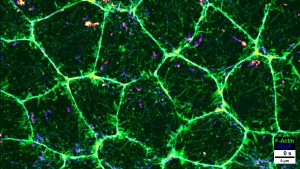
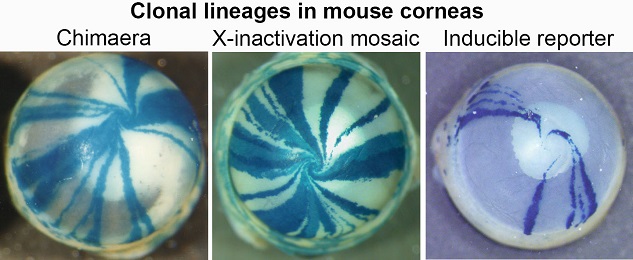
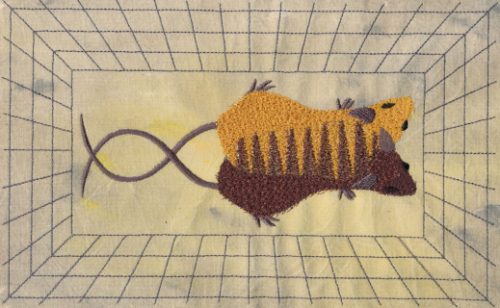
 (2 votes)
(2 votes)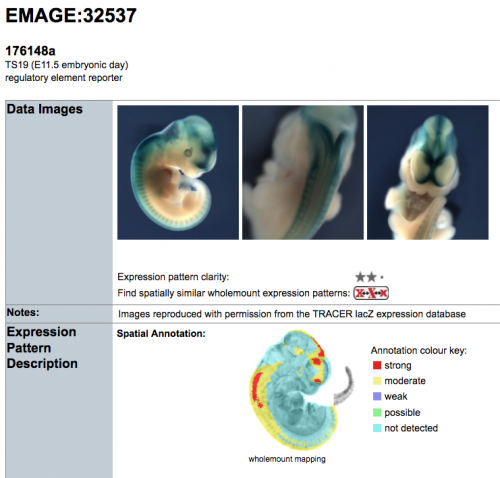
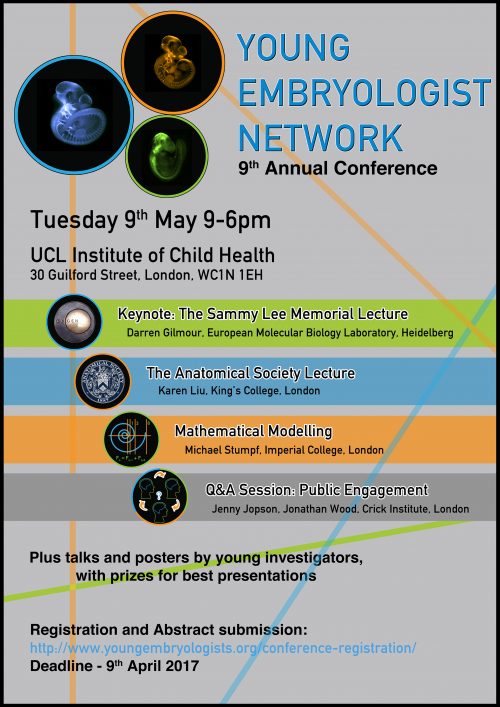
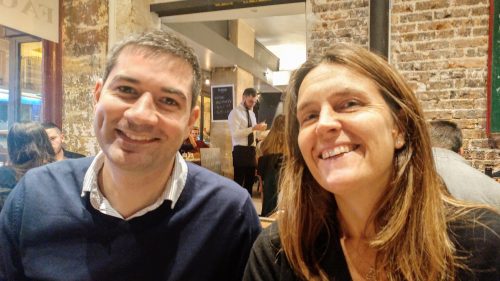
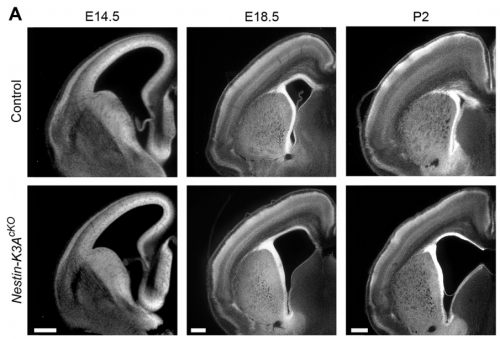
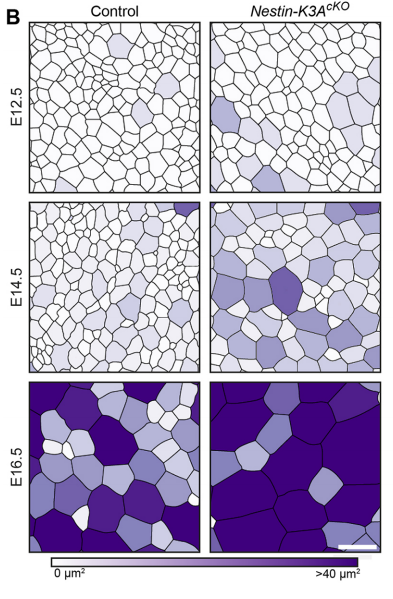
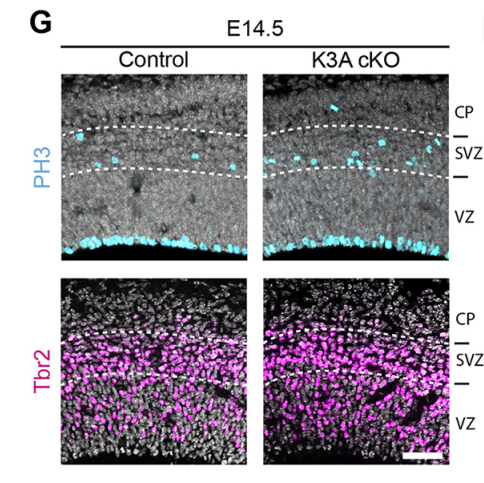


 (13 votes)
(13 votes)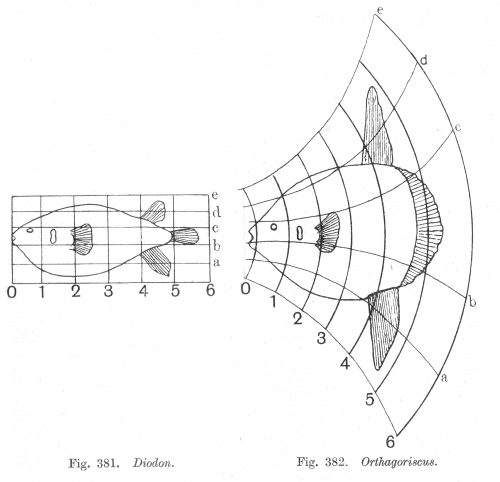
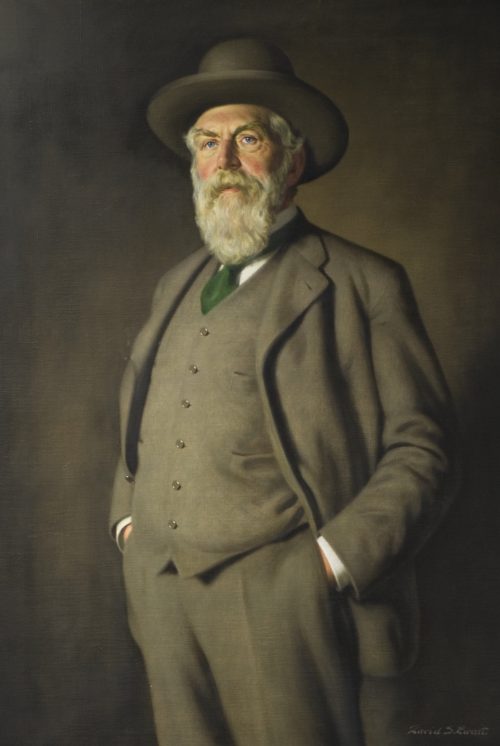
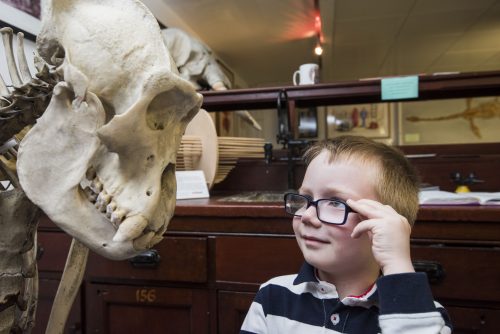
 New
New 
